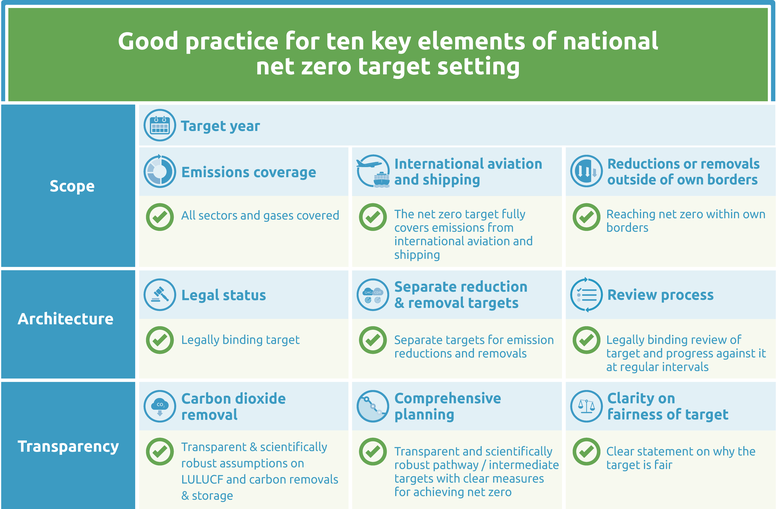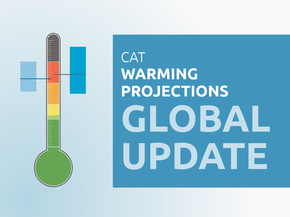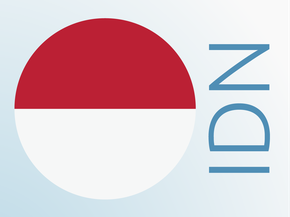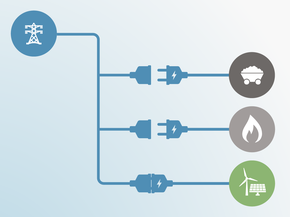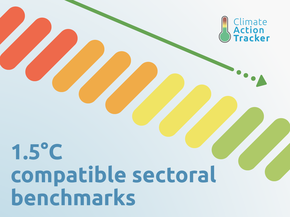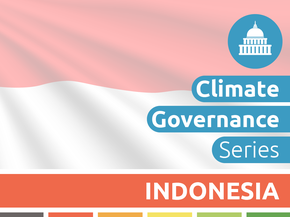Scope
● Target year – Indonesia aims to reach net zero by 2060.
● Emissions coverage – Indonesia provides no explicit information on the target’s emissions coverage. The LTS considers some, but not all GHGs – the energy sector analysis focuses on CO2; while the waste sector analysis considers CO2 and CH4; industry considers CO2, N2O, PFCs, omitting HFCs and SF6; and the AFOLU sector considers CO2, CH4, and N2O (Government of Indonesia, 2021).
● International aviation and shipping – Indonesia provides no information on its intention to cover international aviation and shipping.
● Reductions or removals outside of own borders – Indonesia provides no information on its intention to use international offset credits to meet its net zero target.
Target architecture
● Legal status – Indonesia has not yet communicated an explicit net zero target but explores scenarios that could lead to net zero by 2060 in its long-term strategy (LTS) submitted to the UNFCCC in July 2021 (Government of Indonesia, 2021).
● Separate reduction & removal targets – Indonesia provides no information on its intention to communicate separate emission reduction and removal targets.
● Review process – Indonesia provides no information on its intention to establish a review cycle for its net zero and intermediate targets.
Transparency
● Carbon dioxide removal – Indonesia provides no information on its intention to communicate transparent assumptions on carbon dioxide removals.
● Comprehensive planning – The LTS explores scenarios that could lead to net zero by 2060 or sooner but Indonesia does not yet formally commit to a pathway (Government of Indonesia, 2021).
● Clarity on fairness of target – Indonesia provides no information on its intention to explain the target’s fairness.
